Specialize in Linen Sewing: From Fabric Selection to Sustainable Creations
Linen has been around for thousands of years, and for good reason—it’s one of the most durable, breathable, and versatile fabrics out there. Made from flax fibers, linen has a natural texture and effortless elegance that makes it a favorite among sewists of all skill levels. Whether you're crafting breezy summer dresses, structured home decor, or timeless wardrobe staples, linen is a dream to work with—once you know how to handle it properly.
In this guide, we’ll cover everything you need to know about sewing with linen, from choosing the right type to mastering techniques that will make your projects look flawless.
Why Choose Linen for Your Sewing Projects?
If you’re wondering why linen deserves a spot in your fabric stash, here are some of its top benefits:
Breathability & Comfort – Linen is naturally moisture-wicking, making it ideal for warm-weather clothing and home decor that needs to stay fresh and airy.
Durability & Longevity – Unlike cotton, linen gets stronger with every wash. With the right care, your handmade linen pieces can last for decades.
Effortless Aesthetic – That slightly wrinkled, lived-in look? It’s part of linen’s charm and gives garments and home textiles a relaxed yet sophisticated feel.
Eco-Friendly Choice – Flax, the plant used to make linen, requires far less water and pesticides than cotton, making it a sustainable option for mindful makers.
Understanding Different Weights and Types of Linen

Not all linen is the same! Choosing the right type will determine how well your project turns out.
-
Lightweight Linen – Soft, airy, and slightly sheer. Best for blouses, summer dresses, and delicate scarves.
-
Medium-weight Linen – Holds structure well but remains breathable. Perfect for trousers, skirts, button-up shirts, and casual suits.
-
Heavyweight Linen – Dense and sturdy. Great for upholstery, jackets, structured bags, and home decor like curtains and pillow covers.
Pro tip: If you’re just starting with linen, a medium-weight fabric is the easiest to work with—it won’t shift as much as lightweight linen but still has a soft, forgiving drape.
Pre-Sewing Preparation: How to Set Yourself Up for Success
Before you dive in with your sewing machine, there are two non-negotiable steps when working with linen:
1. Pre-Washing & Shrink Control
Linen shrinks—a lot. If you skip this step, your finished project might shrink after its first wash and lose its perfect fit.
How to pre-wash linen properly:
✔ Wash in warm water with a mild detergent.
✔ Tumble dry on low or air dry for a softer feel.
✔ Press with a hot iron while damp to remove deep wrinkles.
2. Press & Prepare the Fabric
Once washed, press the linen before cutting your pattern pieces. Since linen wrinkles easily, pressing will ensure precise cuts and clean seams.
Essential Sewing Tools and Materials for Linen

Linen isn’t difficult to sew, but using the right tools will make the process way smoother.
Thread: A good-quality polyester or cotton thread works best to match linen’s strength.
Needles: Use a universal needle size 80/12 or 90/14—it’s strong enough to handle linen’s weave without snagging.
Cutting Tools: A rotary cutter is ideal for smooth, straight cuts, but sharp fabric scissors work too.
Sewing Techniques for Linen
1. Stitch Selection: Keep It Strong but Flexible
Linen benefits from slightly longer stitches than usual to prevent puckering. Set your machine to a 2.5–3mm stitch length.
2. Finishing Raw Edges: No More Fraying!
Linen has a loose weave, meaning it frays easily. Here are the best ways to prevent that:
✔ French seams – Best for lightweight linen, giving a polished, professional finish.
✔ Flat-felled seams – Used in jeans and structured garments, offering durability.
✔ Overlocking/serging – The fastest way to secure raw edges if you have a serger.
Pattern Recommendations for Linen Sewing Projects
Not all patterns work well with linen! Here are some go-to project ideas:
Garments: Wrap dresses, linen jumpsuits, relaxed-fit trousers, button-up shirts.
Home Decor: Pillowcases, curtains, table runners, bed linens.
Accessories: Tote bags, aprons, reusable napkins.
If your pattern calls for very tight-fitting or highly structured designs, consider using a linen blend instead of pure linen for better shape retention.
Caring for Your Handmade Linen Creations

The beauty of linen is that it gets softer over time, but proper care will keep it looking its best:
✔ Washing: Use cold or warm water, and avoid harsh detergents.
✔ Drying: Air dry when possible, or tumble dry on low heat to prevent excess wrinkles.
✔ Ironing: If you prefer a crisp look, iron while damp on a high setting.
Linen’s Sustainability: A Fabric with a Conscience
Choosing linen isn’t just great for sewing—it’s great for the planet.
Low Water Usage – Compared to cotton, flax requires far less water and no pesticides.
Biodegradable & Long-Lasting – When linen does wear out, it naturally decomposes instead of clogging landfills.
Zero-Waste Production – Every part of the flax plant is used, making linen one of the most sustainable textiles available
Inspiration Corner: Linen Projects to Try
Ready to put your linen skills to the test? Here are some beginner-friendly ideas:
Easy linen tote bag – A practical, stylish project for everyday use.
Relaxed linen pants – The ultimate comfortable, breathable outfit staple.
Linen cushion covers – A fast way to add a sophisticated, natural touch to any room.
If you’re feeling more ambitious, try a structured linen blazer or a pleated dress for a real challenge!
Ready to Bring Your Linen Creations to Life? We’ve Got You Covered!
Whether you're planning your next sewing project or just getting started with linen, Hobbysew - My Creative Home has everything you need to make it a success. From premium linen fabric to high-quality sewing tools and accessories, we’re your go-to destination for all things sewing.
Need expert advice or looking for the perfect fabric match? Visit us online or drop by in-store—we’d love to help you turn your creative ideas into beautifully crafted pieces.


 Addi
Addi  Adjustoform
Adjustoform  Arbee
Arbee  Batik Australia
Batik Australia  Bernette
Bernette  Bernina
Bernina  Birch
Birch  Bohin
Bohin  Bowtique
Bowtique  Brother
Brother  Camelot Fabric
Camelot Fabric  Carioca
Carioca  Celebrate
Celebrate  Classic Knit
Classic Knit  Clover
Clover  Country Threads by Fiona Jude
Country Threads by Fiona Jude  Craft for Kids by BMS
Craft for Kids by BMS  Daylight Lamps
Daylight Lamps  Deborah Louie
Deborah Louie  Derwent
Derwent  Diamond Dotz
Diamond Dotz  Disney
Disney  DMC
DMC  Elna
Elna  Fiskars
Fiskars  Gutermann
Gutermann  Habee Savers
Habee Savers  Handi Quilter
Handi Quilter  Heirloom
Heirloom  Helmar
Helmar  Hemline
Hemline  Hobbysew
Hobbysew  Horn
Horn  Husqvarna
Husqvarna  Janome
Janome  Juki
Juki 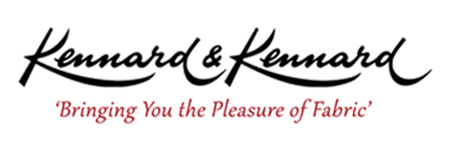 Kennard & Kennard
Kennard & Kennard  Madeira
Madeira 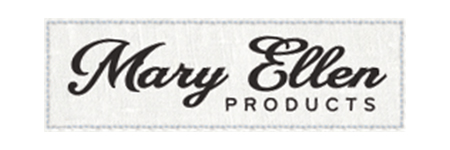 Mary Ellen
Mary Ellen  McCall's
McCall's 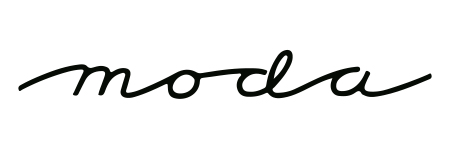 Moda
Moda 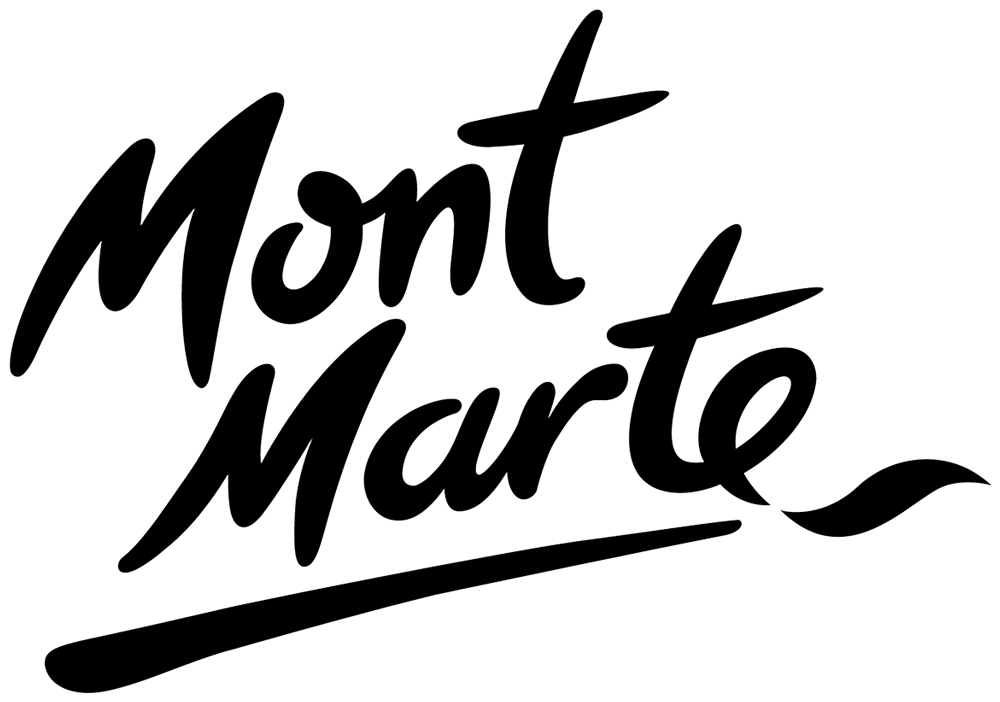 Mont Marte
Mont Marte  Naeo
Naeo  Needleart World
Needleart World  Newey
Newey  Nurge
Nurge  Olfa
Olfa  Oliso
Oliso  OttLite
OttLite  Papercraft
Papercraft  Pieced Tree Patterns
Pieced Tree Patterns  Pony
Pony  Presencia
Presencia  QA
QA  Rasant
Rasant  Riley Blake Designs
Riley Blake Designs  Rit
Rit 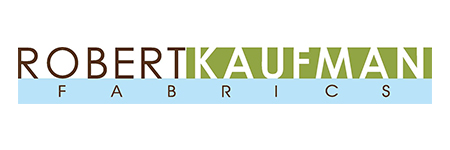 Robert Kaufman
Robert Kaufman 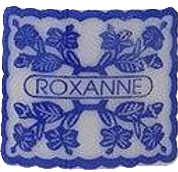 Roxanne
Roxanne  Ruby Star Society
Ruby Star Society  Sakura
Sakura  Sashiko
Sashiko  Schmetz
Schmetz  SevenBerry
SevenBerry  Sew Easy
Sew Easy  Sew Tasty
Sew Tasty 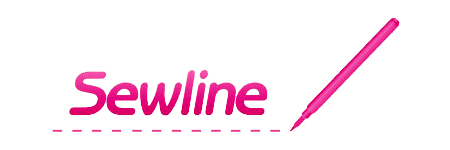 Sewline
Sewline  Singer
Singer  Superior Threads
Superior Threads  Tailormade
Tailormade  TeeBond
TeeBond  The Grace Company
The Grace Company  Thermoweb
Thermoweb  Tilda
Tilda 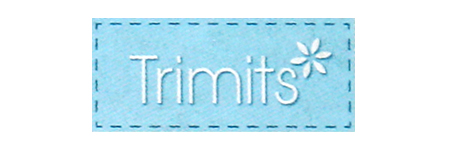 Trimits
Trimits  Triple S
Triple S  Triumph
Triumph  Tsukineko
Tsukineko  Tula Pink
Tula Pink 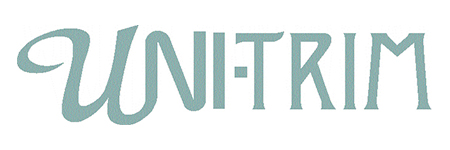 Uni-Trim
Uni-Trim  Vilene
Vilene  Vliesofix
Vliesofix  Yarn Valet
Yarn Valet  YKK
YKK 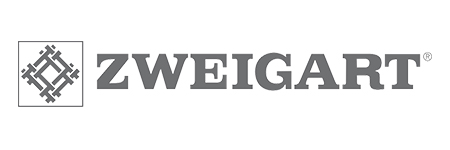 Zweigart
Zweigart